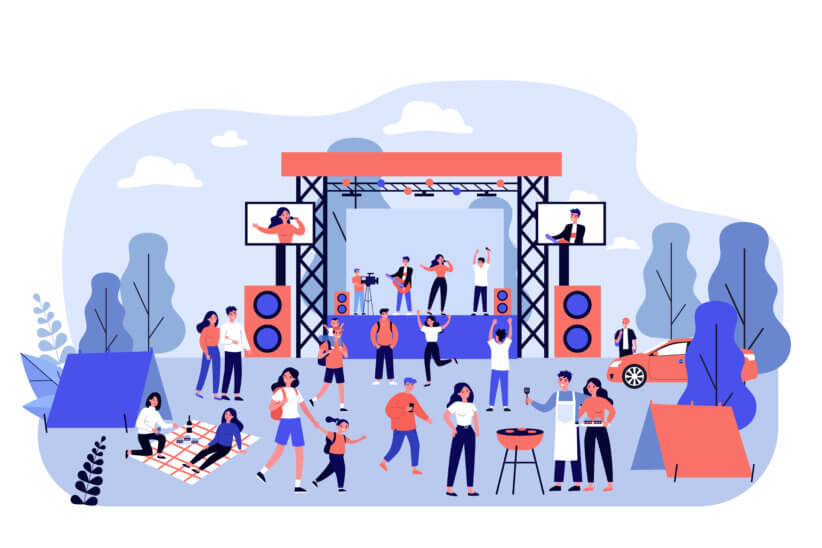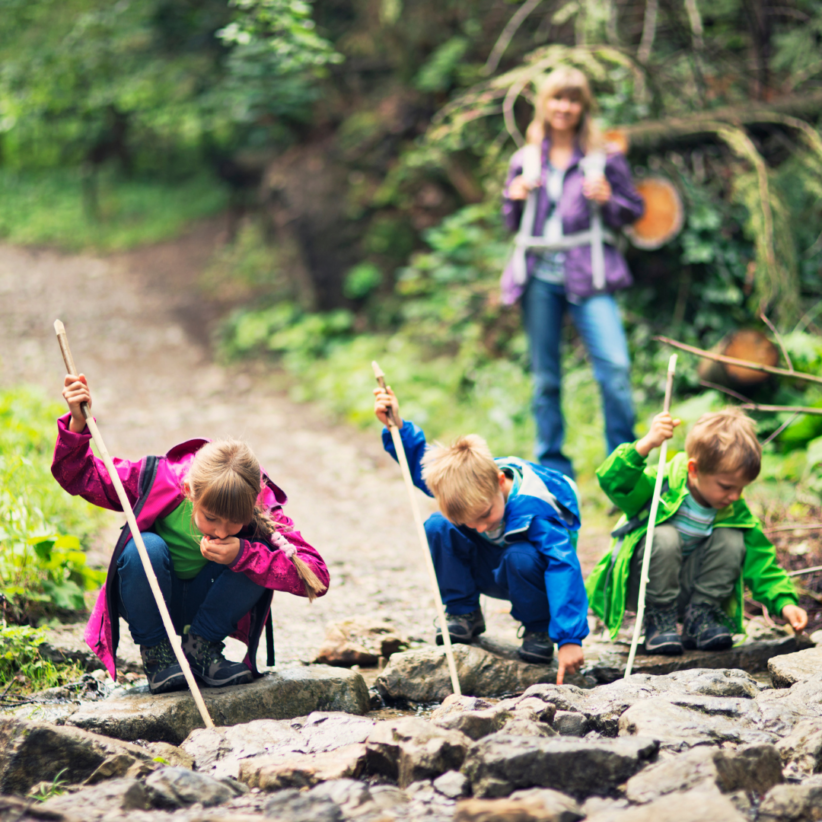5 Healthy School Lunch Ideas
Making delicious, fun, nutritious and satisfying lunches every day for your children may seem like a daunting task, but there are simple ways to encourage a healthier lifestyle.
Good habits begin at home. If your children eat fresh, non-processed food at other times of the day, they won’t be surprised by what’s in their lunch bags.
Here are five tips to keep kids well-fed and on the road to excellent eating habits:
1 Reinvent the PB&J. Peanut butter contains protein, perfect for that phys ed. class energy boost. Healthier alternatives to jelly: spreads or jams containing real fruit, raisins, banana, apple or pear slices.
2 “Produce” a great lunch. Fill a container with fresh vegetables such as carrots, celery, cucumbers, peppers, even broccoli. Protein-filled legumes, from chickpeas to edamame, power kids through the day.
3 Freeze that fruit. Frozen fruit will keep other food in the container cold until lunch hour, by then the fruit will have thawed and be ready to eat.
4 Right-sized meals. Notice portion sizes. Appetites in both girls and boys surge around the time of puberty so they may need more calories.
5 Ditch the sandwich. Salads, vegetable pitas and veggies with protein-filled dips like hummus deliver excellent nutritional value.
Eric Clark is COO of Tossed®, a nationwide chain of restaurants serving garden fresh salads, crepe wraps and sandwiches. He also packs lunches for his two children, ages 9 and 11. A Tossed restaurant is located at 295 Park Ave. South in New York.
WeeZee
The World of ‘Yes I Can’
Louise Weadock has spent much of her life in the medical field, first as a registered child psychiatric nurse, and then as the founder of the very successful Access Nursing & Healthcare Services. This training, however, didn’t prepare her and her family for her second child’s diagnosis of autistic-like behaviors and a severe Sensory Integration Disorder.
After becoming very familiar with various sensory therapies, Weadock turned her basement into a play center of desensitizing exercises that encourage learning and happen to be tons of fun. This basement fun zone inspired The WeeZee World of “Yes I Can,” now open in Armonk!
The WeeZee World is a state-of-the-art sensory play space that promises improved cognitive ability and an unforgettable play experience for all children. WeeZee World features a Car Wash Park (water park), Velcro Obstacle Course, Velcro Trampoline Bulls-Eye Wall, Cocoon-to-Butterfly Swings and many more musical and colorful activities. And for adults, there’s the Swing Bean Café, named for its original take on seating, the Zen Zone, and aerial yoga. WeeZee World is sure to fulfill your child’s wildest fantasies and help him learn. Following a day of exciting sensory experiences and new friends, your child will leave saying Yes I Can! www.weezeeworld.com.
– Sarah Niss
Anesthesia Linked to Learning Disabilities?
All surgery comes with some risk. And for young children, there is increasing evidence that part of that risk is the impact of anesthesia on developing brains. At a spring conference in Vancouver, a number of experts presented studies that suggest infants and young children exposed to anesthesia could experience higher rates of learning difficulties than those who are not. Among the studies:
• Research from the National Center for Toxicological Research showed that a single 24-hour episode of anesthesia with ketamine caused long-lasting brain function impairment in nonhuman primates.
• A Mayo Clinic study found multiple exposures to anesthesia before age 2 are a
“significant risk factor” for developing Attention Deficit Hyperactivity Disorder (ADHD). Kids younger than age 4 who were exposed for 120 minutes or longer at least twice had the highest ADHD risk.
• A UC San Francisco study found that among rats, the ill effects of anesthesia on brain function can be overcome through environmental enrichment.
That last study, led by Greg Stratmann, M.D., Ph.D., associate professor of clinical anesthesia at UCSF, was built on research published in 2003 that found that common anesthetics caused massive damage and long-lasting impairment in learning and memory in the brains of young rodents.
Stratmann says we still don’t know how closely these animal studies match what might be happening in human children. But initial behavioral testing is showing the same results – a cognitive deficit after anesthesia – in both rats and humans. “These results are preliminary, unpublished and need to be repeated,” Stratmann says, adding that if further studies produce the same results, the risk that anesthesia produces similar damage in humans and animals is high.
The Mayo Clinic research has led some experts to suggest putting off elective surgery in children until after age 4 where possible. But Stratmann says there isn’t enough data yet to guarantee that will help. “Deferring surgery past age 4 is by no means proven to reduce the risk,” he says. “The types of anesthetics and the length of exposure have been studied in animals but not humans.”
The needed research could cost up to $40 million, and Stratmann says it could be five to 10 years before there’s enough data to guide experts in providing the safest possible anesthesia for young children.
Meantime, parents of infants and toddlers who need surgery should ask their doctors whether the operation can wait, or whether their child’s time under anesthesia can be minimized. Post-op, Stratmann’s study suggests that exposing children to plenty of social interaction, exercise and a complex and enriched environment can help ease anesthesia’s effects on the brain.
Find out more at www.SmartTots.com.
– Christina Elston









